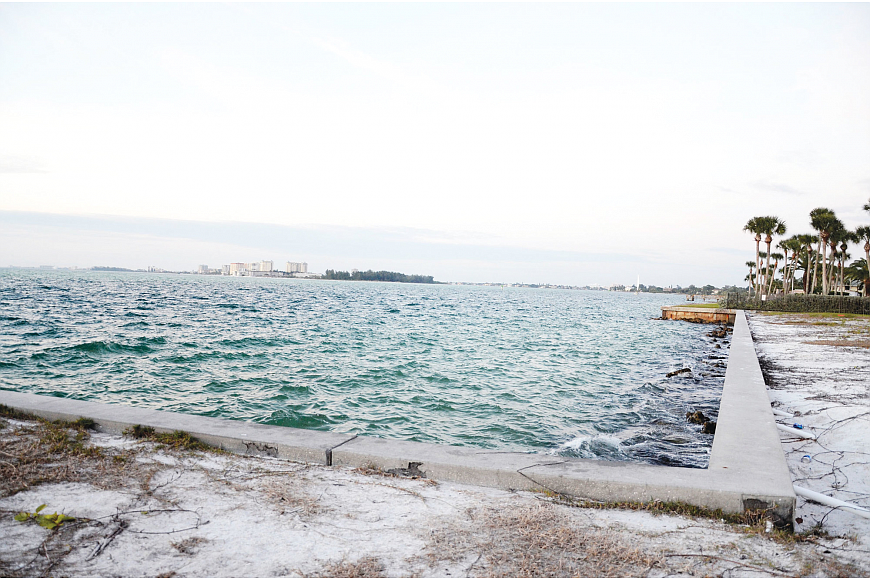- April 25, 2024
-
-
Loading

Loading

Those interested in the U.S. Army Corps of Engineers’ proposal to dredge Big Pass as part of a a Lido Key beach renourishment received word they had been eagerly awaiting late last week. But they may not like what they'll read.
The response states that the Army Corps' description of coastal conditions, and expected project performance, “indicates no adverse impacts to the coastal system.” It also claims to have ensured for the protection of turtles and sea grasses either by the original project design or through revisions. There were no changes indicated to dredging sites in Big Sarasota Pass.
On April 15, the Florida Department of Environmental Protection sent a letter to the city of Sarasota and the Army Corps acknowledging receipt of an application for a joint coastal permit to perform the dredging and renourishment, but told them their application was incomplete and requested additional information.
The Army Corps sent its response on Sept. 4, and the DEP will have 30 days to review the response and must, by Oct. 2, determine if the application is complete. If it is, they will have 90 days to take action — to issue or refuse the joint coastal permit.
In an email to the Siesta Key Association, Chiu Cheng, DEP Environmental Specialist, told the group that public comments are accepted during any phase of the application review process.
In April, SKA sent comments to the Army Corps with inquiries related to its use of an environmental assessment instead of an environmental impact statement, peer review of certain components of the project and groins and sand sources.
Some groups have objected to the use of Big Pass sand for the nourishments.
The Army Corps said in its response that two sites in or near the pass will be used for initial and subsequent periodic nourishments, with a third (the shoal directly west of the pass) that would be tapped in case the other two did not “recharge” as rapidly as anticipated. Subsequent nourishments would not require as much sand and so less fill would be taken than during the initial dredging.
In the Army Corps’ response, it also said that the third, or “terminal,” groin has been removed from the project application.
The response addressed numerous environmental questions raised by the state.
The Army Corps agreed to provide the DEP with biological opinions from the United States Fish and Wildlife Service and consultation letters related to any impact the groins or fill may have on marine turtles.
To ameliorate impacts on sea grasses, 100-foot buffers would be put in place at dredging sites. The Army Corps will also monitor buffered seagrasses within borrow sites as well as those less than 300 feet of borrow site limits.
Those sites will be dredged to a maximum depth of 13.5 feet plus a two-foot disturbance depth.
Vice President of the Siesta Key Association Catherine Luckner reminded attendees at the most recent SKA meeting that Army Corps has not officially denied it will use an Environmental Impact Statement, a point of contention among those who object to dredging Big Pass, but that the Environmental Assessment is only the first step.
“There are procedures, there’s due process and there are legal remedies along the way,” Luckner told the attendees.
If legal action should be warranted, she continued, the city of Sarasota would be the entity sued since it requested the permit. She cautioned, however, that “we’re all working the problem, and we’ve got time to work it.”